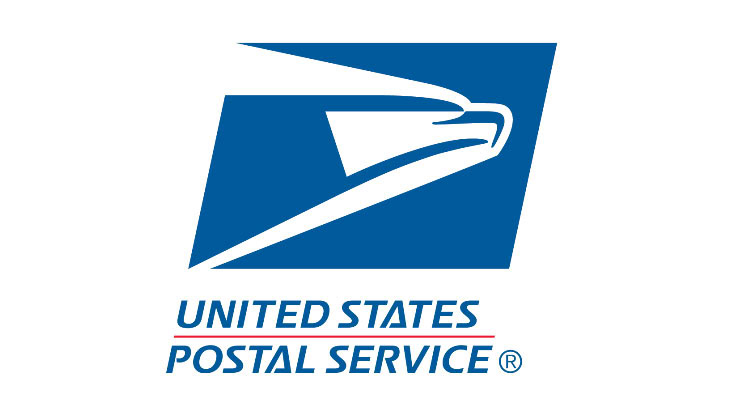
Blaming “inflationary pressures on operating expenses” and parroting its customary claim of the need to redress “a previously defective pricing model,” the United States Postal Service has applied to institute its first — but probably not last — increase of 2024 in first-class postage rates, a 2¢ hike that will take effect Jan. 21.
If approved by the Postal Regulatory Commission, which has not denied a USPS rate hike request in more than a decade, the cost of a first-class card or letter will rise from 66¢ to 68¢, an increase of 13.3 percent since the beginning of 2023.
A domestic postcard will increase 3.9 percent from 51¢ to 53¢, and international letters and postcards will jump 3.3 percent from $1.50 to $1.55. Metered one-ounce mail will rise from 63¢ to 64¢. The additional-ounce rate will remain unchanged at 24¢.
The Postal Service also announced that it is seeking to raise the price of special services products that include certified mail, post office box rental fees, money order fees and insurance.
The five-member Postal Regulatory Commission last turned down a Postal Service request to increase rates in 2010, when it ruled unanimously that a proposed 5.6 percent jump due to “exigent circumstances” was not justified by any lingering effects of the great recession on USPS revenues.
The latest proposed hike will mark the 18th time the Postal Service has raised first-class postage rates since 2001. The 3 percent jump from 66¢ to 68¢ is smaller than the 5.4 percent raise from 63¢ to 66¢ that took effect on July 9. The July increase was necessary, the USPS said at the time, “to address continued elevated inflation and prior years’ defective pricing model.”
Mail users opposed to Postmaster General Louis DeJoy’s pricing escalations reiterated their argument that rather than augment USPS revenues, higher postage costs are scaring customers away from the letter box permanently. DeJoy’s Delivering for America plan, now in its third year, calls for semiannual rate increases in pursuit of “break-even operations by the end of DFA’s 10-year period … even with the unexpected burden of inflation.”
“This one is, in quotes, ‘just’ two cents,” Leo Raymond, managing director of Mailers Hub, a mailing industry consultancy group, told Linn’s in a telephone interview.
“The total in recent years has been about 25 percent or even higher, depending on what class of mail you use, but looking at the Postal Service’s numbers they haven’t really helped because they are driving away customers.
“But you can’t tell the postmaster general that — he says you can’t blame him for anything. He’s going to keep this going until he says the Postal Service reaches financial stability, but just the opposite is happening. The only people who can stop him are the governors [the USPS board of governors], but until now he has them completely under his spell.”
“These unprecedented postage hikes are giving Americans rate whiplash and compromising the Postal Service’s ability to deliver for America,” said former four-term Congressman Kevin Yoder (R-Kansas). Yoder is the executive director of Keep US Posted, a lobbying organization funded by the Greeting Card Association and other industry groups.
“While intended to raise revenue, the data shows that each new postage hike only drives more consumers and businesses away from using the mail,” a statement attributed to Yoder said. “Mail volume is currently down nearly 9% year-over-year, after rate hikes took effect in January and July, and the proposed increase next January will only perpetuate these losses. Paper mail business keeps USPS afloat, and with every postage hike, more mail leaves the system forever.”
The Postal Service’s latest appeal to the Postal Regulatory Commission comes at an awkward moment in the relationship between the two bureaucracies. While the commission may possess statutory authority over postage rates, it is funded by the USPS, which has rejected a request from the commission for an operating budget of $22.6 million for the next fiscal year.
This money is needed, the commission’s chairman, Michael Kubayanda, said, “to avoid degrading the Commission’s capacity, eliminating positions in the understaffed agency, and stopping long overdue technology upgrades.”
In a press release issued by the Postal Regulatory Commission in September, Kubayanda, a former USPS official who was nominated to the commission first by President Trump and then renominated by President Biden, expressed his disappointment and complained that “Congress created the Commission to provide transparency and accountability of the Postal Service. This budget cycle appeared to reverse the agencies’ statutory roles.”
“Congress did not intend for the Postal Service to determine the scope of its regulator’s activities.”













